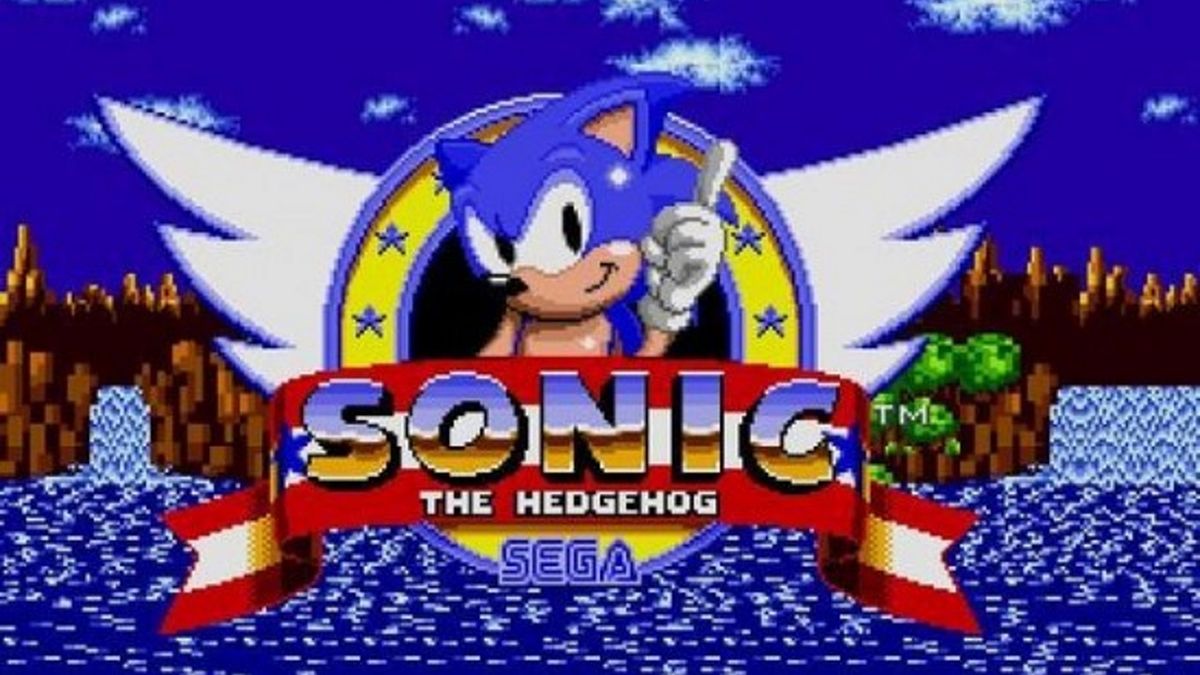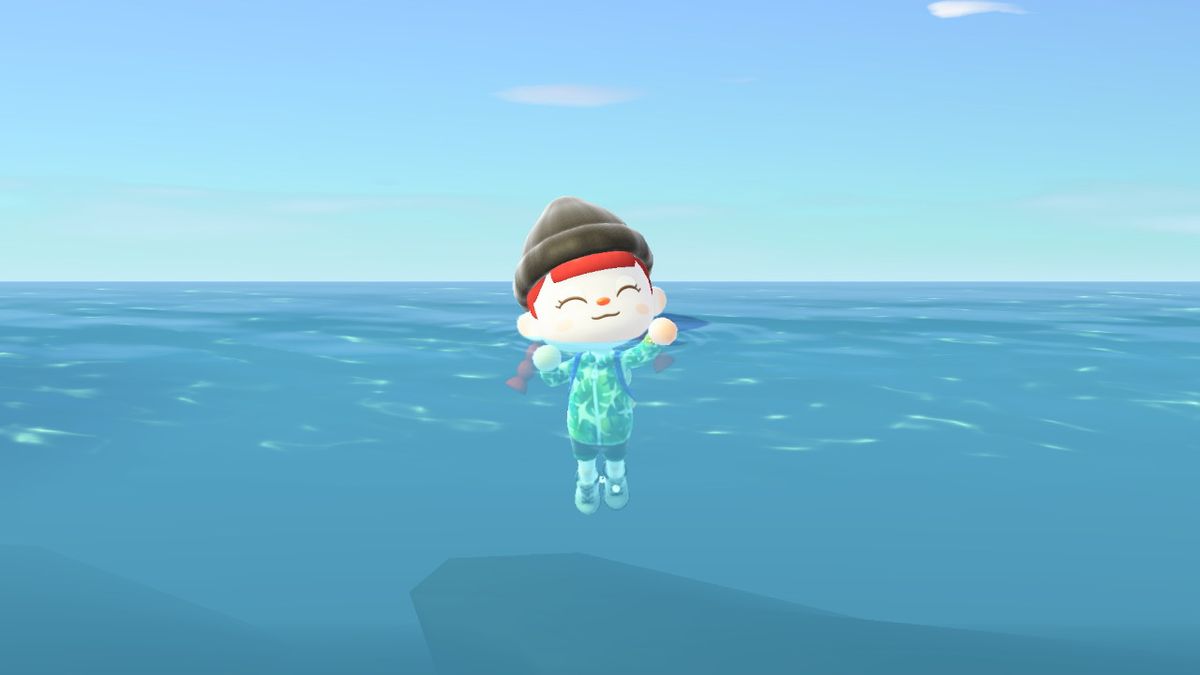Step onto the football field with the bright stadium lights shining in your face, the crowd cheering your name, and the opposing team’s linebackers calling for your head. In NCAA Football 14, the developers at EA Sports are pushing the envelope of getting the realistic feel of playing in a college game by making improvements to Madden 13’s physics engine, the Infinity Engine 2. We took a look at the upcoming title’s new features and got to see just how real the next NCAA Football title feels.

The new physics engine allows the players on the field to react and move more like real football players. Now, ball-carriers have several features players will have to consider to get the extra yardage. Stiff arms to specific areas of the defender’s body can knock back facemasks to stop their momentum, or cause defenders to spin off a shoulder push. A new stumble recovery mechanic has also been added, allowing players to use the right analog stick to adjust their player’s balance after being tripped, getting tackled, or performing a tackle (when you’re on defense). Flicking the stick forward can push a ball-carrier’s weight forward in an attempt to truck a defender, or, alternatively, make your defender go for a low tackle. Both situations can have varying results based on the two players’ sizes as well. Lighter players will have a tough time getting through a burly lineman, but a heavy running back might be able to plow through smaller defenders.
The running animations and physics have also been changed to look more realistic. Thanks to the ball-carrier avoidance system, players no longer bounce off their own lineman when they collide on the field. Instead, they’ll push off with their hands to maintain momentum (much like walking through a crowd in the Assassin’s Creed games). The developer has also eliminated swerve running–the animation in which football players make gradual changes in direction (resulting in running paths that look like a slithering snake). Now, players will plant their foot and hard cut when they change direction, making a more true-to-life zig-zagging running path. Also, runners can no longer sprint at all times. Ball-carriers have a fatigue meter, indicated by a green bar at the player’s feet. This forces gamers to use more strategy and timing when they are physically running their player down field. With the right timing, you can burst through the pocket to get through the opposing team’s defense, use some fatigue on a juke, or spin to avoid a tackle.

Outside the physics improvements, EA is adding several new gameplay elements to be more consistent with the tactics of college football, as well as features that teach newcomers the core mechanics of playing the game. The Skill Trainer is the tutorial mode that teaches basic run moves, how to run the option, and how to throw different pass trajectories. Players will also be able to make more detailed play decisions with the Option and Play Call by Personnel systems. When running an option play, defensive threats and player routes are highlighted, giving you visual cues that will help you make the split-second pitch or run decisions easily. The Play Call by Personnel system eliminates the random play calling of the previous game and only gives you plays based on what players you have on the field. This prevents players and the AI from running formations that wouldn’t make sense in a real game, (trick plays notwithstanding).

EA has reworked lots of features from last year’s NCAA Football. The physics of the players look even more realistic and it seems that gamers will have even more control over their teams on the field and from a coaching perspective. Be sure to check back for more information on NCAA Football 14 as we get closer to the game’s release on July 9 for the Xbox 360 and PlayStation 3.
 Game News Video Games Reviews & News
Game News Video Games Reviews & News



